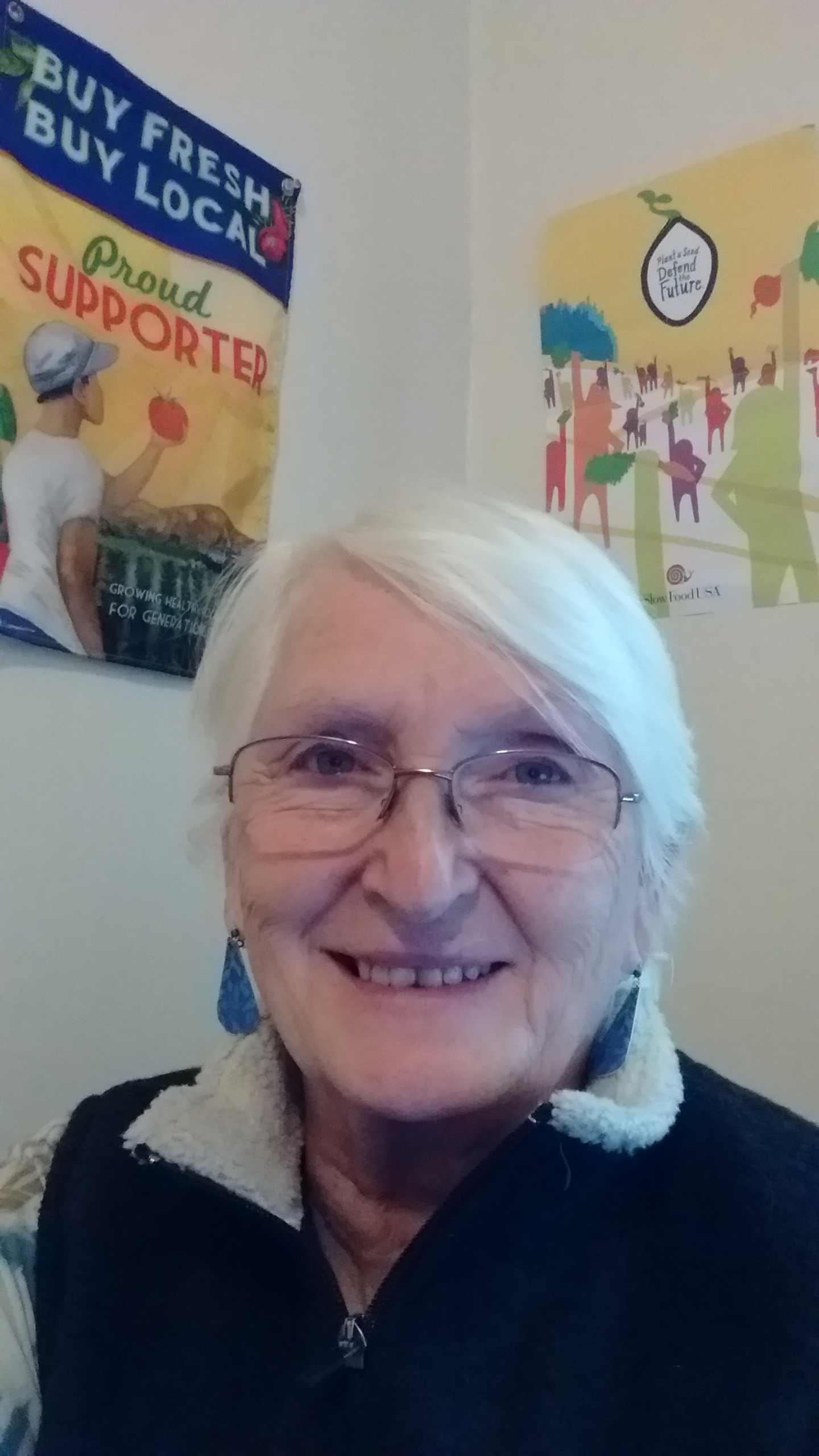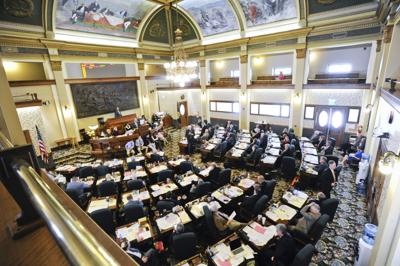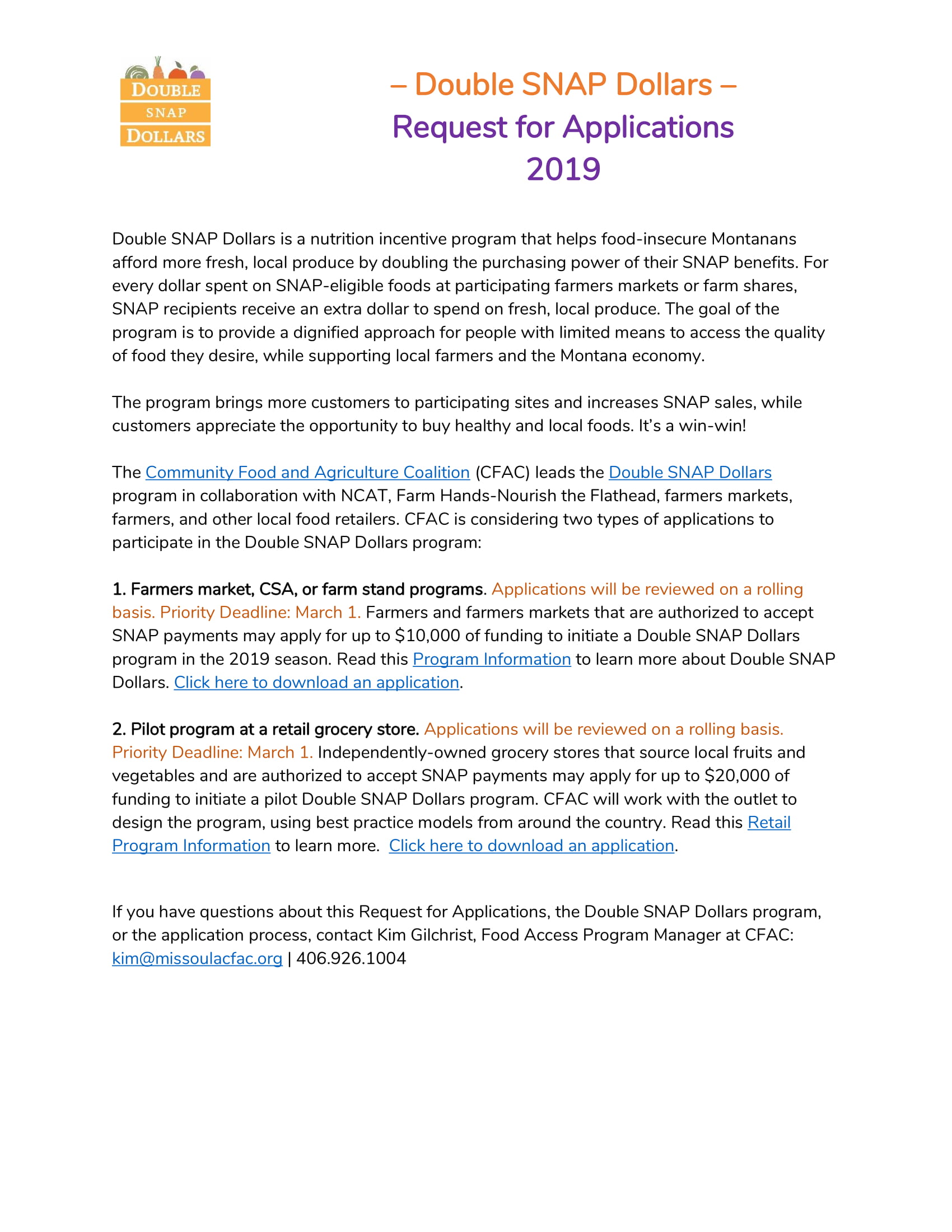 Ah, how we love our humulus lupulus. No tailgate or barbecue would be the same without it and would Germany continue to exist without its homage to this vining herb every October? From home brews to trendy microbreweries, they all depend on the powdered, pungent resin of this delicate orb, the hops. And long before IPA’s, pale ales and lagers were in every tavern across the continent, the hop plant was widely used as a traditional herbal medicine, highly valued for its nervine qualities or its ability to help people relax.
Ah, how we love our humulus lupulus. No tailgate or barbecue would be the same without it and would Germany continue to exist without its homage to this vining herb every October? From home brews to trendy microbreweries, they all depend on the powdered, pungent resin of this delicate orb, the hops. And long before IPA’s, pale ales and lagers were in every tavern across the continent, the hop plant was widely used as a traditional herbal medicine, highly valued for its nervine qualities or its ability to help people relax.
Sources found on the American Herbal Council website cite the varieties of ways hops have been used medicinally by various peoples around the world. Hops historic use as flavor and preserving agent in beer were well known from the middle ages. Its use as a sleep aid and for other ailments varied from region to region or group to group and were not consistently practiced.
According to an article by Rosalee de la Forêt, “The first recorded use of hops for beer comes from a monastery in northern France in 822 CE. Some surmise that hops were a desired ingredient in monastery beer because of their ability to inhibit sexual desire.
Several hundred years later, hops were being actively cultivated in Germany for beer. Years later in Europe, it was declared that hops were a required ingredient in beer. This may have been for reasons of taxation, but in addition to adding flavor, hops also stabilize beer, giving it a much longer shelf life.” (See her complete article on Hops here.)
Even today, scientists are pulling apart the various properties attributed historically to hops and testing its efficacy not only on sleep disorders but also as a digestive aid for the bitters quality, a blood purifier, to treat anorexia and various estrogen-linked problems, and even as a cure for baldness!
These aren’t the reasons we usually find ourselves ordering up a growler at the local brew pub or taking home a six pack. We’re in search of that unique experience of the pungent and slightly bitter flavor created by the varieties of hops and their growing conditions.
You can learn so much more about hops and how it’s grown here in the Bitterroot Valley by joining us on our final Farm Field Day of 2019 at Bell Crossing Farms in Stevensville, MT. There will even be a chance to purchase one of the brands created from their hops. (If you want to buy extra to add to your shampoo, we won’t tell.)



 . Guess it’s time to invest in some Muck Boots. Coffee anyone?
. Guess it’s time to invest in some Muck Boots. Coffee anyone? HB400 requests state funding to support the Double SNAP Dollars (DSD) Program, which helps food-insecure Montanans afford more fresh, local produce by doubling the purchasing power of their SNAP benefits. For every dollar spent on SNAP-eligible foods at participating farmers markets or farm shares, SNAP recipients receive an extra dollar to spend on fresh, local produce.
HB400 requests state funding to support the Double SNAP Dollars (DSD) Program, which helps food-insecure Montanans afford more fresh, local produce by doubling the purchasing power of their SNAP benefits. For every dollar spent on SNAP-eligible foods at participating farmers markets or farm shares, SNAP recipients receive an extra dollar to spend on fresh, local produce.
 So far, the bill has passed through the House Human Services Committee and its first House floor vote! Next up, it must pass through the House Appropriations Committee, where the
So far, the bill has passed through the House Human Services Committee and its first House floor vote! Next up, it must pass through the House Appropriations Committee, where the